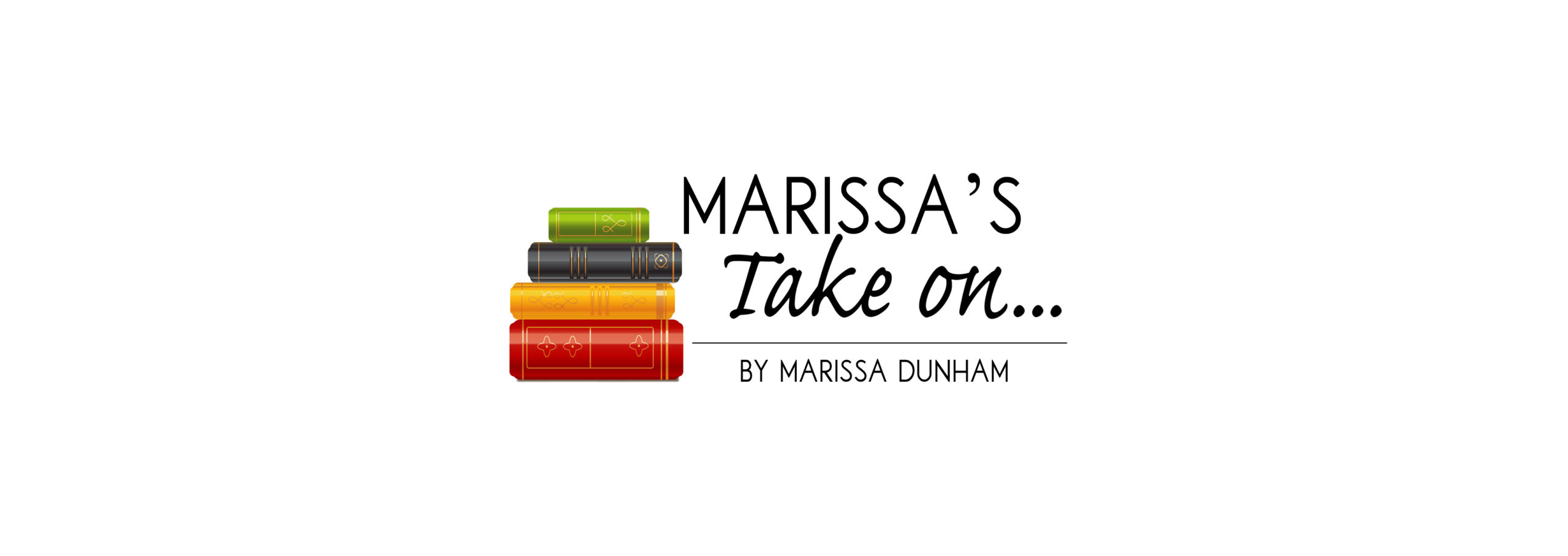By Marissa Dunham //
Last month was the final review on genre craft books. We covered craft related to genre expectations and trends in children’s literature, fantasy, romance, memoir, mystery, and so many others. Studying genre as an element in your story is a fascinating topic, and one in which I hope you will continue to read and become experts in for years to come.
This month and next month, we’re going to do a quick duo of craft book reviews on a topic dear to my heart and a focus in this season of my writing and editing. Plot and character are two craft elements that are heavily connected and will be the focus for the next two columns. Understanding how the one informs the other will address common pitfalls around passive characters, unsatisfying endings, and feeling stuck in your plotting, which will strengthen your writing as a whole.
One quick word more before we continue to the reviews. A special milestone for this column is coming up. We will hit 100 books reviewed next month! It’s hard to imagine that almost three years of reviewing books on writing craft have reached such an achievement – and the knowledge that this often-neglected subgenre in the world of teaching writing is rich with resources. Thank you for reading along with me.
After book 100, this column will be taking a break while I buckle down on a mentorship on a long overdue novel.
The five books in today’s column will have something to say about plot and character, but more of the focus will be on the former over the latter. Next month, we’ll put character in the forefront of this essential craft duo.
PLOT FACTS
Plot is driven by character action.
To start, today we’ll be looking at books on plot. The authors may be writing about plot specifically, but you will begin to see the many areas in their writing where you can insert character and create new ways of studying these two essential craft elements together.
Here are the five!
- Plotto: The Master Book of All Plots by William Wallace Cook
A rare tried-and-true book reprinted by Tin House Books, and originally published in 1928, Cook’s book on plot is a unique resource. Cook essentially has written, as it says in the opening, “an outline generator,” with scientific-like formulas that use clauses to lay out why and suggest what characters might do in a given situation, with lists of suggested actions for the characters. With a little imagination, you will find the formulas stimulating for when you feel stuck on plot. The roughly 480-page book is said to have influenced a young Alfred Hitchcock. (It is not uncommon to put this one on your shelf for months to years only to come back to Plotto and realize the treasure you have found.) - Meander, Spiral, Explode: Design and Pattern in Narrative by Jane Alison
Not all stories have a neat and tidy plot. If you’re a writer who prefers plotless storytelling, or, creating narrative drive through patterns and repetition, and also want to find the places where character impacts the plotless story, explore this nearly 272-page book as a possibility to add to your retinue of craft books. While character in this book might not be blatantly apparent, it is there, in the emotions, patterns, and linked ideas that bring the plotless narratives into a cohesive story. Alison encourages experimentation in her book and you will find it to be an interesting read. - Plot & Structure: Techniques and Exercises for Crafting a Plot That Grips Readers from Start to Finish by James Scott Bell
Bell provides the well-trodden methods of writing plot and how character arcs inform how writers escalate that plot to a transformative ending, with his roughly 240-page book. Here you will learn character goal setting, outlines, plotting scenes, revising plot, and more of the traditional way modern writers approach plot. It’s straight-forward, well-organized, and user-friendly. There’s also an intriguing appendix on how to write back cover copy if you’re looking for some bonus material. - The Seven Basic Plots: Why We Tell Stories by Christopher Booker
For the over-achieving study hound, this book on the basics of plot is roughly 736 pages. While the book might not have covered all the nuances on the seven basic plots – despite the high-page count – and includes some older views on the roles of men and women, it’s a good study to familiarize yourself on the seven. Each of these plot archetypes depends heavily on what a character will do next in response to the obstacles placed in their way of achieving their goals based on whatever plot type the story is using. If you’re curious, the seven basic plots in Booker’s interpretation are: overcoming the monster, rags to riches, the quest, voyage and return, comedy, tragedy, and rebirth. - The Anatomy of Story: 22 Steps to Becoming a Master Storyteller by John Truby
The book is about 464 pages. Here you will find a better blending of plot and character. Look at chapter 8 for a discussion on plot. Chapter 4 looks at character and how characters interact with each other through the use of character webs. The book was written for screenwriters, but Truby’s usage of plot and character are also applicable to novels and short stories. It’s a worthy technique book for deepening your understanding of this craft element duo.
Marissa’s Take Practice Exercise: What to Plot Warm-Up
Write a list of obstacles that your character could face that start with the letter P.

MARISSA DUNHAM is a writer and freelance editor. She spent the early part of her career in educational publishing, but now spends most of her time editing literary fiction, magical realism, and middle grade fiction. She lives in Southern California, where she enjoys bringing new life into the world by planting tomatoes and flowers in the garden. You can find updates at marissadunham.com.

